There’s something mesmerizing about stepping into an Islamic city. Golden sunlight dances across intricate tiles, the call to prayer echoes down narrow alleyways, and bustling markets explode with color and life. Every corner tells a story — not just of faith, but of community, commerce, artistry, and centuries-old tradition. If you’ve ever gazed at a towering minaret or wandered through a maze-like souk wondering what makes these places so captivating, welcome to the world of the Architecture Of Islamic Cities.
When I first traveled to Fez, Morocco, I felt the city breathe through its ancient walls. Streets curved like whispered secrets, and each carved arch invited me deeper into the past. But Islamic architecture offers more than beauty. It shapes space around spirituality, daily rhythms, and human connection. Therefore, let’s journey across continents and centuries to explore how mosques, markets, homes, and public spaces reflect divine intention and cultural identity.
Mosques: The Heart Of The City
The mosque often serves as the beating heart of an Islamic city. Beyond being a place of prayer, it acts as a center for learning, gathering, and sometimes political debate. Designs vary by region and era — Persian mosques boast vast courtyards, Andalusian mosques showcase horseshoe arches, and Ottoman cities present graceful domes and slender minarets. As a result, each structure becomes a visual reflection of its cultural and geographic roots.
Look closer, and you’ll notice standard elements like mihrabs (niches facing Mecca), minbars (pulpits), and ablution fountains. Yet what truly amazes is how local artistry flourishes within these forms. The Shah Mosque in Isfahan shimmers with blue tiles and geometric patterns, while Córdoba’s Great Mosque combines Roman columns and Islamic arches in a breathtaking cultural fusion. For global examples, visit Archnet, a rich archive of Islamic architectural wonders.

Markets And Bazaars: More Than Commerce
Markets — called souks or bazaars — pulse at the heart of the Architecture Of Islamic Cities. They do far more than facilitate trade. They weave social, cultural, and economic threads together. Often designed as shaded labyrinths, these markets guide foot traffic, offer cool shelter, and surprise visitors with each turn. Merchants cluster by trade, creating sensory-rich zones: fabric alleys, spice corners, and metalwork lanes all brimming with life.
Typically, these markets nestle close to mosques and madrasas, reinforcing community bonds. In Marrakech, for example, wooden lattice ceilings cool the alleyways, while handcrafted signage in elegant Arabic script adds artistic flair. For travelers eager to explore legendary bazaars, check out Lonely Planet’s guide to the Middle East’s most enchanting markets.
Homes And Courtyards: Privacy Meets Peace
Traditional homes within Islamic cities prioritize privacy and serenity. Exteriors often appear plain or fortress-like, but stepping inside reveals a hidden world. Courtyards filled with light, fountains, and plants create miniature havens of peace — a design inspired by the Islamic concept of paradise. Consequently, the architecture turns inward, crafting spaces where family life flourishes away from public view.
Distinctive features appear across regions. In Tunis, you’ll spot mashrabiya — delicate wooden screens that let in air and light while shielding the interior. In Aleppo, Damascus houses use shaded verandas (riwaqs) to cool the inner courtyard naturally. These features blend function with faith, as they promote comfort and uphold values of modesty and hospitality. To see detailed examples, explore the Aga Khan Documentation Center.
Urban Planning: Cities Built With Purpose
Unlike chaotic urban sprawl, the Architecture Of Islamic Cities emerges from thoughtful planning. Traditionally, cities grew outward from the mosque, with markets, schools, and bathhouses radiating around it. This layout wasn’t random — it aimed to balance accessibility, social cohesion, and moral values. Streets remained narrow to provide shade, while public fountains ensured clean water for all. As a result, the urban fabric supported both practical needs and spiritual principles.
Caravanserais welcomed travelers, and hammams provided spaces for purification. The city’s design reinforced cleanliness, community, and charity, all essential to Islamic life. For an in-depth look at these planning principles, visit Islamic Arts Magazine.

A Living, Breathing Heritage
Islamic architecture thrives not only in preservation but also in innovation. Contemporary architects reimagine classic forms using modern materials — think of Qatar’s glass minarets or Morocco’s eco-conscious riads. Yet the essence remains: symmetry, symbolic meaning, and harmony between aesthetics and function.
Every stroll through an Islamic city invites you to join a living narrative. You encounter stories carved into stone, faith expressed in archways, and human connection echoed through geometry. Moreover, whether it’s the soft murmur of water in a courtyard or the rhythmic shadows of a mashrabiya screen, these cities whisper timeless lessons on beauty, purpose, and belonging.
Have you wandered through an Islamic city that left you inspired? Did a particular mosque, bustling market, or serene courtyard capture your heart? Share your stories in the comments — we’d love to hear about your architectural discoveries. And if you’re eager for more cultural explorations, don’t forget to follow us on social media for fresh travel insights every week.
Catch up on the top stories and travel deals by subscribing to our newsletter!

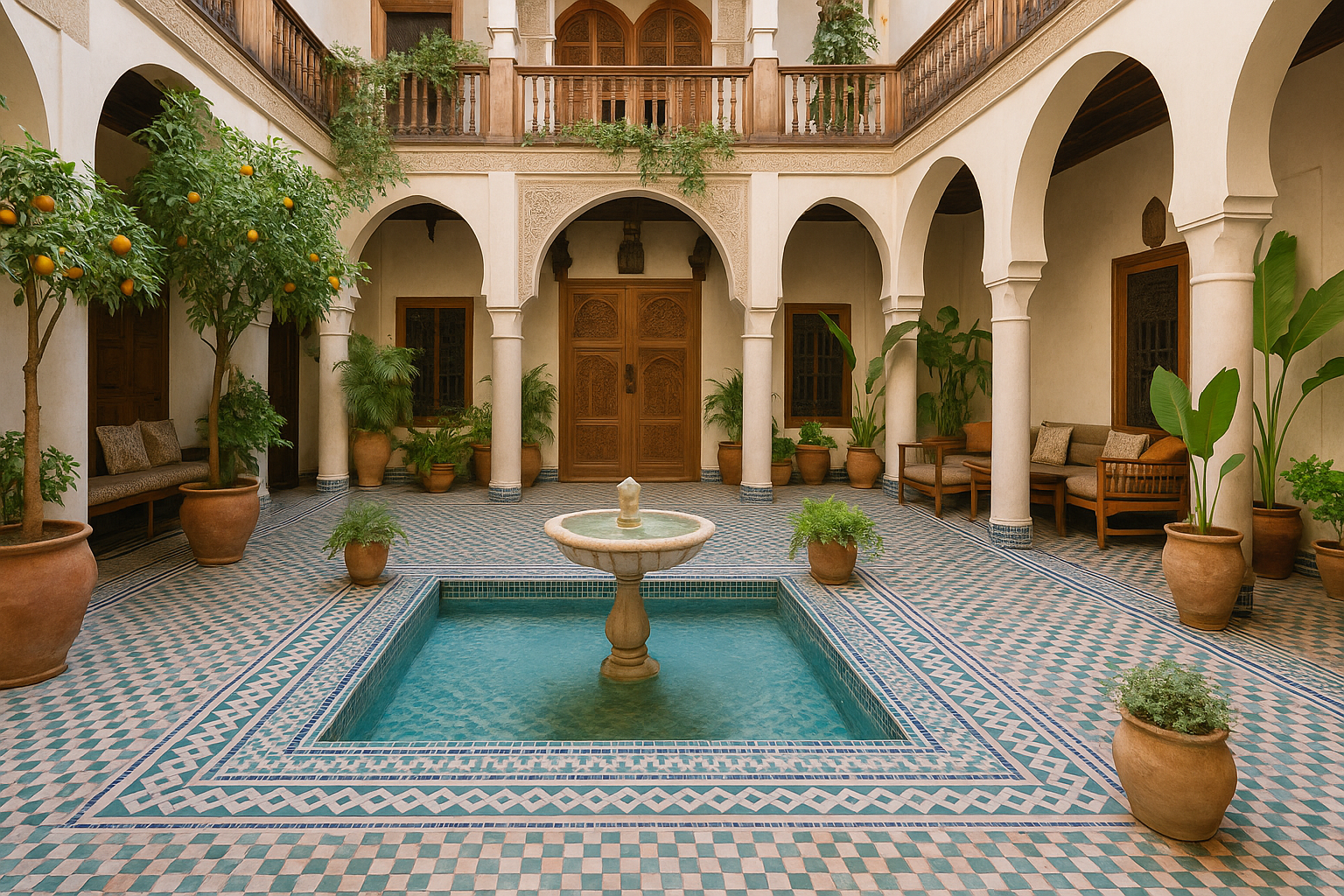


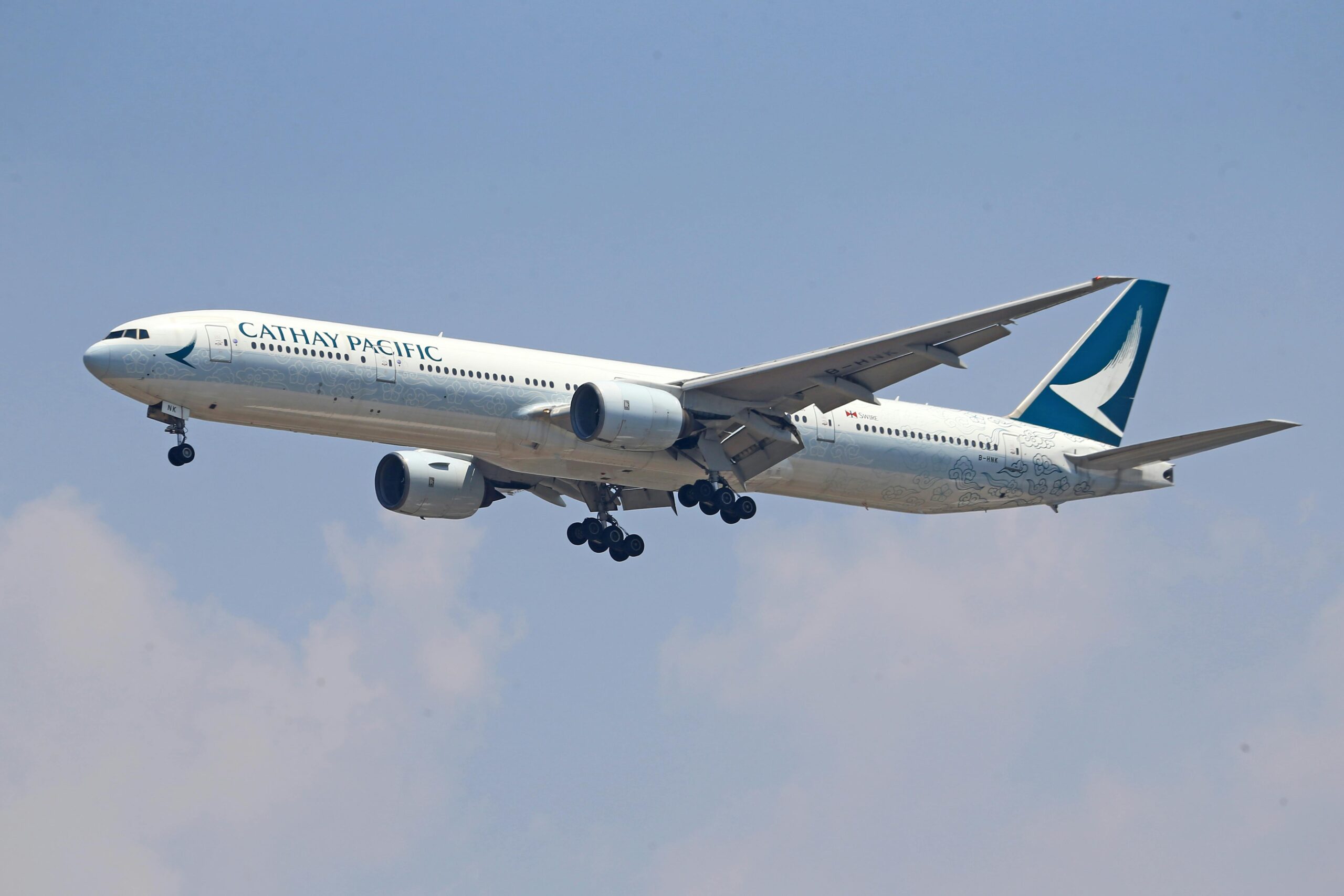



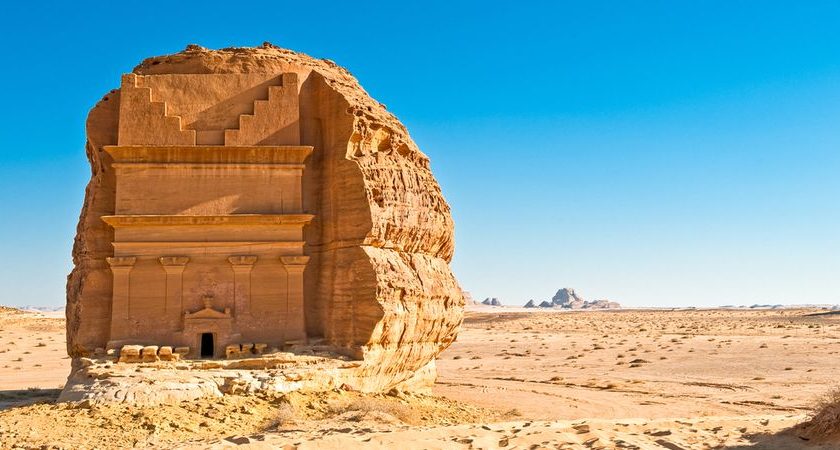
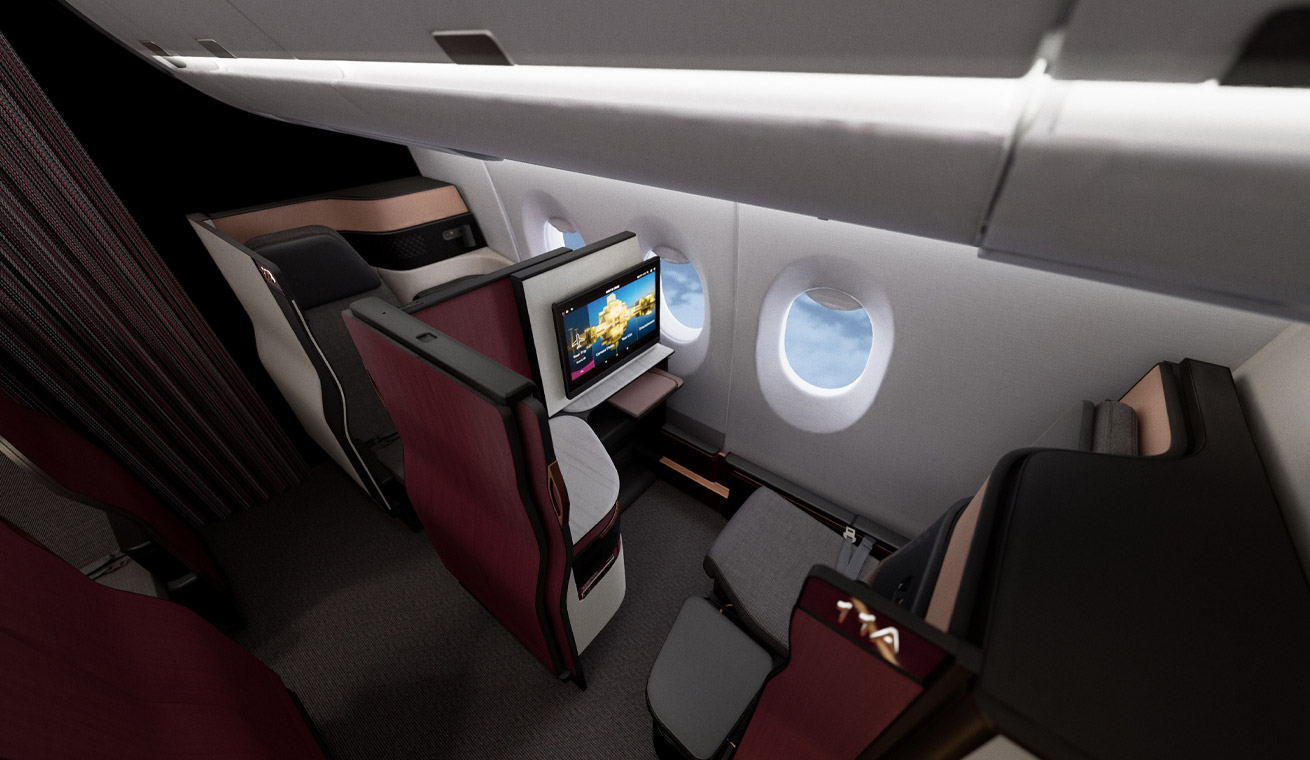
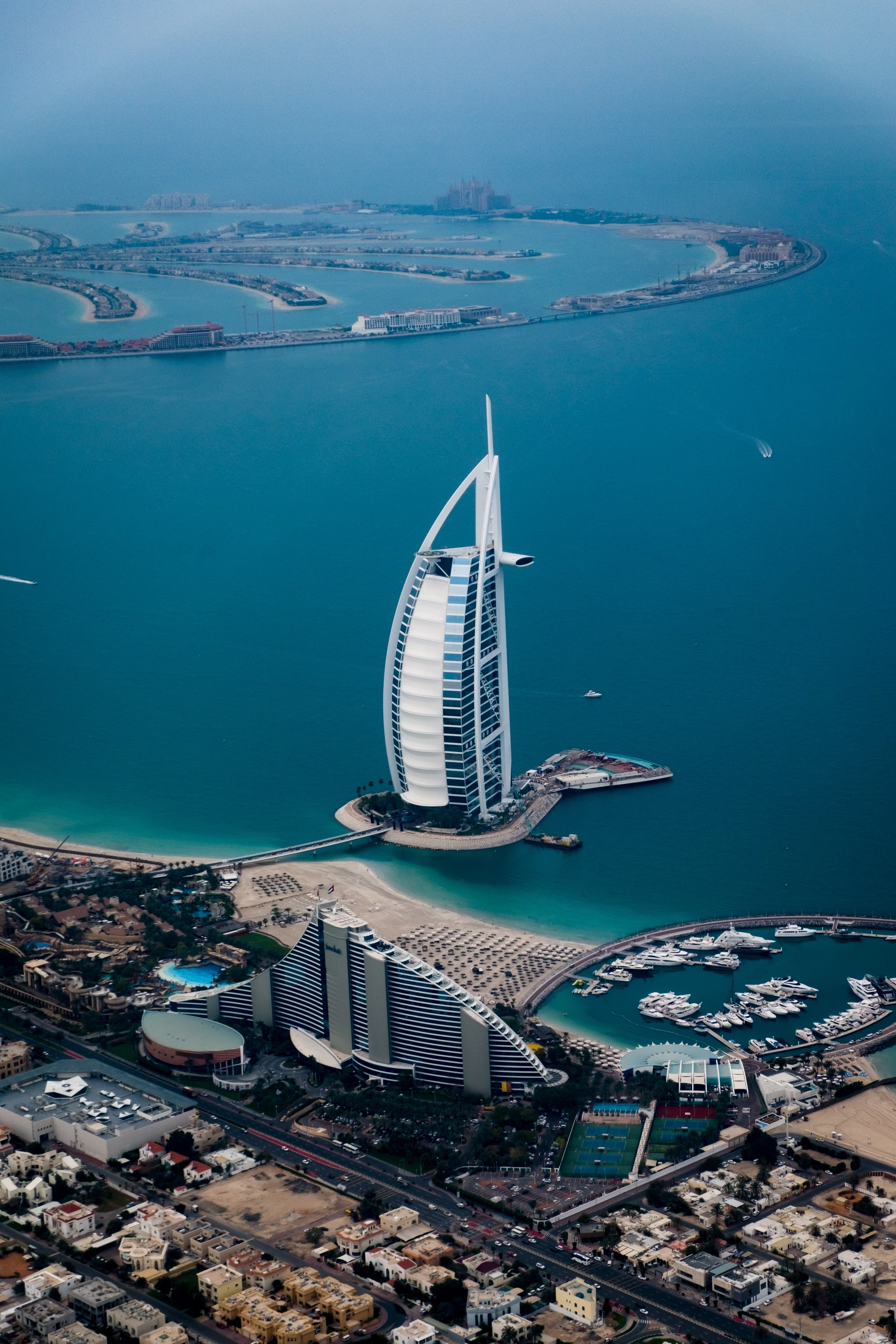
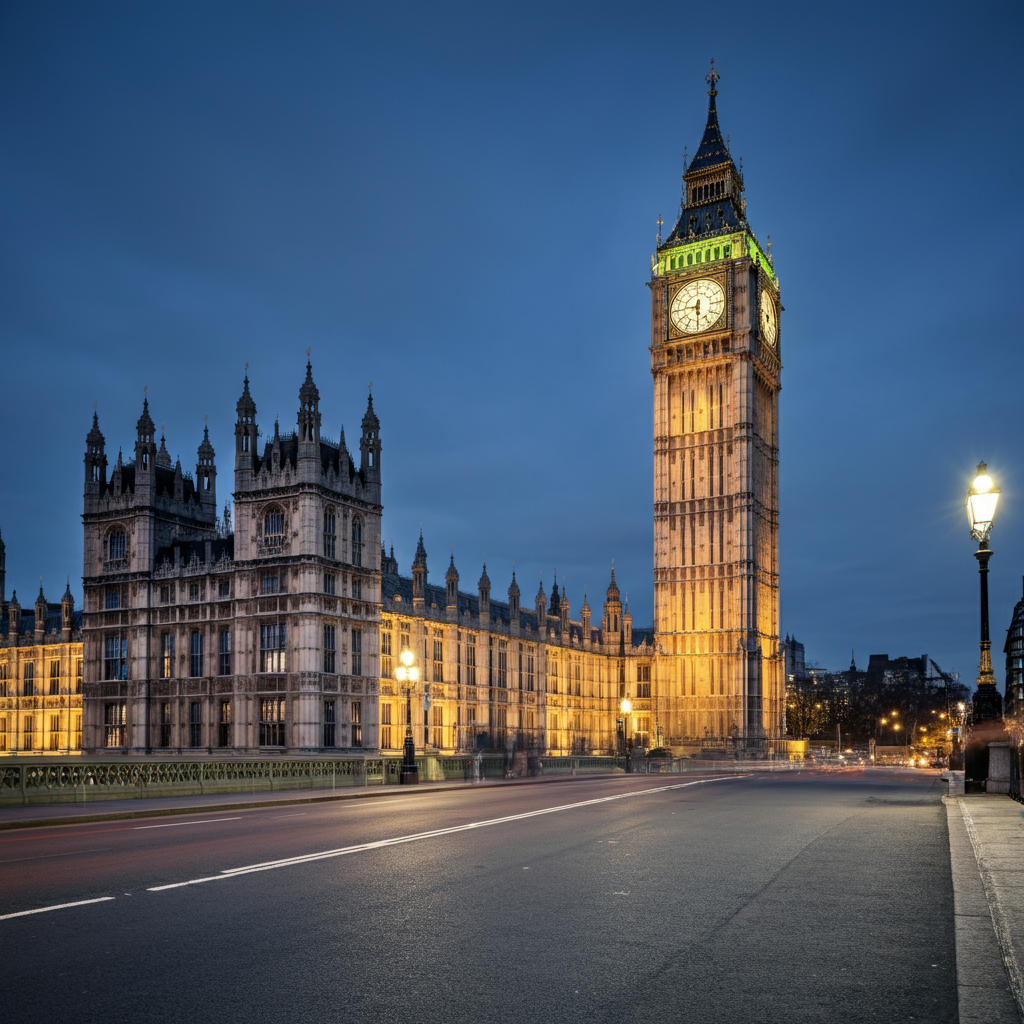
Leave a Reply